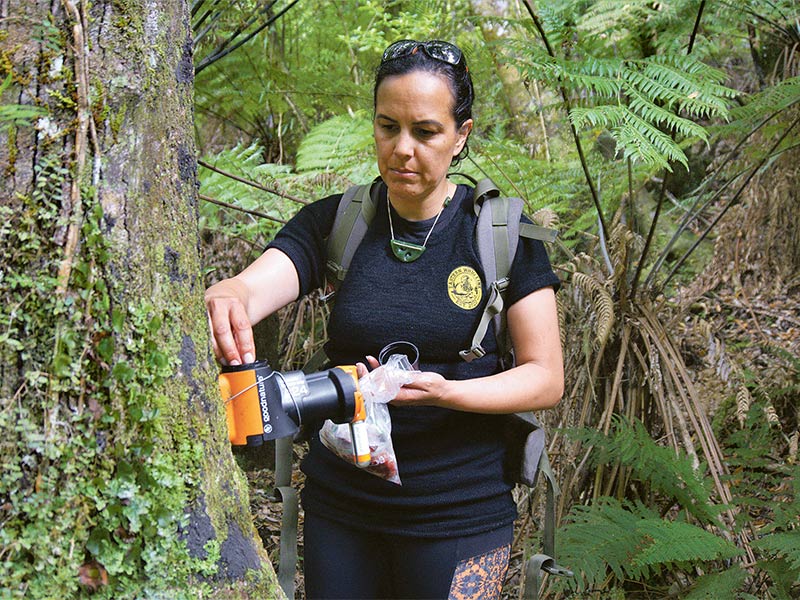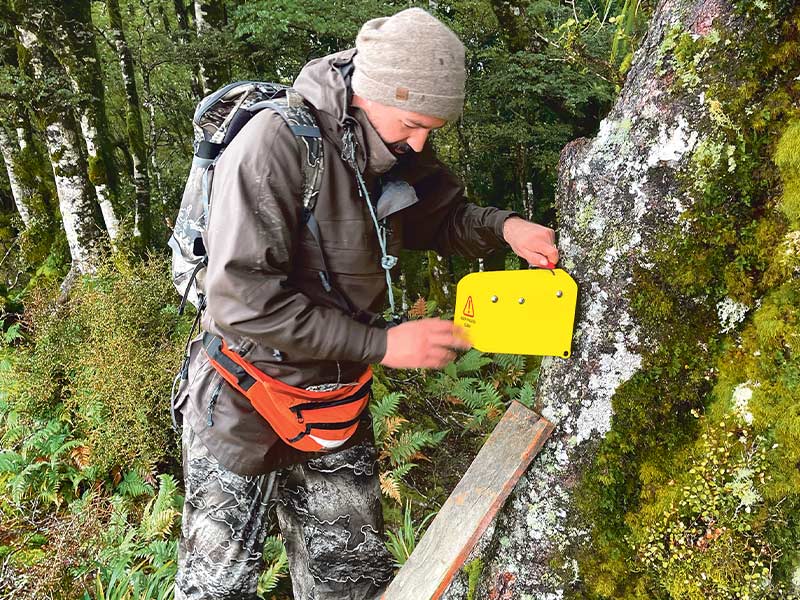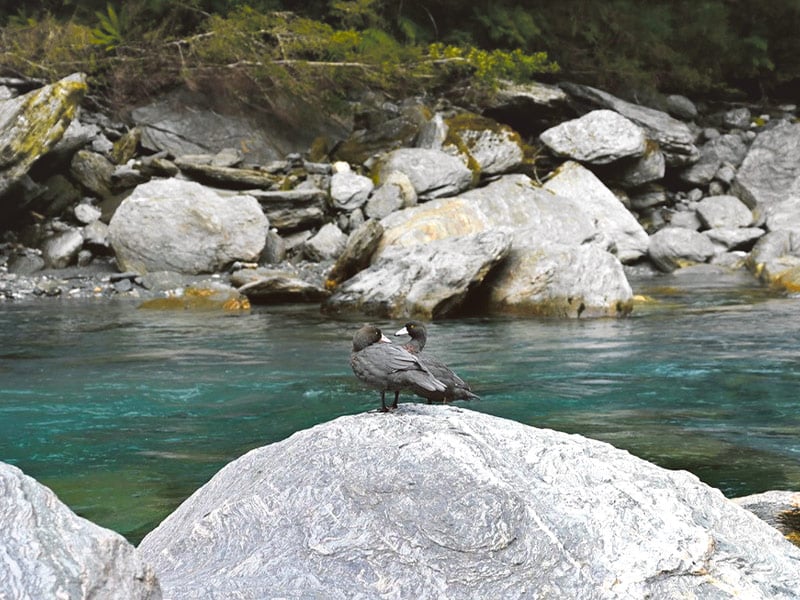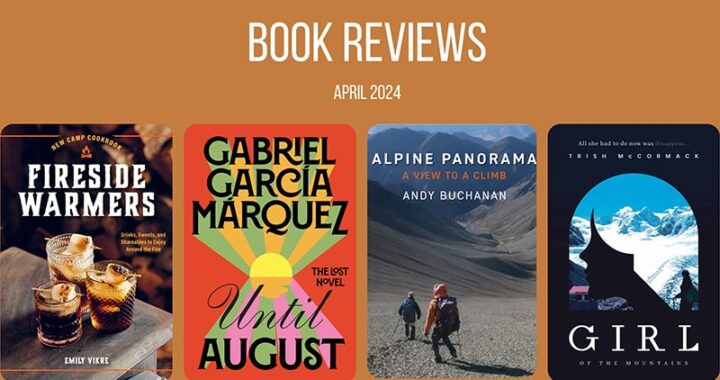Biodiversity credit scheme backs hunter and angler-led project
5 min read
To date, the Eastern Whio Link has seen 46 whio chicks fledged and 1050 traps across 30,000 hectares of land
A hunter and angler-led conservation initiative in Gisborne is the first project to be supported by the CarbonZ biodiversity credit scheme.
The Eastern Whio Link – a group of hunters, anglers, and farmers dedicated to looking after the endangered whio (blue duck) population in the upper reaches of the Waioeka Gorge between Opotiki and Gisborne – is at the forefront of the project that provides financial backing for conservationists and landowners who are taking steps to make the environment safer for native species but who currently lack funding to achieve their goals.
Taonga species

Whio are New Zealand’s only endemic mountain duck and one of three true riverine duck species worldwide. Over the past 40 years, whio numbers have been steadily decreasing in the Waioeka Gorge area due river flooding destroying nests, as well as stoat predation during two crucial life stages.
Led by Hamiora Gibson, also known as Sam the Trap Man, the Eastern Whio Link has tripled whio numbers in the region since 2020 through predator trapping and baiting, keeping whio kainga safe for the species to flourish.
By aiding in their recovery, the project helps enable a breeding population to establish in the area and disperse into surrounding watersheds.
To date, the initiative has seen 46 whio chicks fledged and 1050 traps across 30,000 hectares of land protecting not only whio but also kiwi, native bats, and other endemic bird species, with more than 23,462 volunteer hours (and counting) worked.
Gibson says when the project first started, there was a population of just four breeding pairs in the project area.
“Whio are a taonga species, meaning they are treasured and need to be protected. So, we took it upon ourselves to put mechanisms in place to protect them,” he says.
“In 2020, we established 30km of trapline, enough river to be home for 10 breeding whio pairs. Miraculously, all four breeding pairs achieved success in our first year which was a first on the river for
many years.
“Since then, we have seen 46 whio chicks fledge, which has more than tripled the whio population in the region. Our team of more than 70 active volunteers are extremely proud of that.
“With CarbonZ’s biodiversity credits, we’ll be able to scale up this meaningful work, thanks to Kiwi investors who want to get behind our mahi.”
Nature-based solutions

CarbonZ Biodiversity Action Credit (CBAC) is the first of its kind in Aotearoa and was launched in a bid to protect and enhance the country’s native species.
CarbonZ is an exchange for carbon credits, which allows individuals and entities to buy and sell traceable native carbon credits. Buyers can purchase credits to remove their emissions from the atmosphere or they may choose to buy credits as an investment.
CarbonZ founder Finn Ross says the biodiversity conservation credit aims to enable people to get involved in preserving local wildlife and strengthening native forests.
“The credit is for pest control action, designed for an impact lead, pragmatic way to get results on the ground,” says Ross.
“Aotearoa has the highest proportion of threatened endemic species on the planet; these species don’t live anywhere else. Therefore, we need to dedicate significant resources to conserve them,” he says.
Ross, a blue carbon PhD candidate, is chair of Future Farmers NZ as well the conservation manager at Lake Hawea Station.
“Not everyone has the land, time, or ability to replant riparian waterways or degraded forests, undertake pest control, or fence off vulnerable areas to help look after our native flora and fauna,” he says.
“Therefore, investing in biodiversity credits is a great way for people to directly support the environment.
“Individuals, companies, and investors in natural capital who want to restore biodiversity and be able to transparently track their impact can now do so with these credits.”
The CBAC already has seven companies signed up to purchase units: EcoStore, Go Well Consulting, Native Sparkling, Troydon Contracting, Two Islands, and Yu Mei.
One CBAC protects 100 metres of new habitat.
“CarbonZ doesn’t believe biodiversity can be owned, so the credit is for trapping and protection of new habitat, with the funds going to this purpose,” says Ross.
There’s also an option to protect three kilometres of newly protected habitat, the home range for a whio pair.
CarbonZ plans to extend the CBAC to other conservation projects over the next year, facilitating biodiversity enhancement for farmers and conservationists across the country.
Government biodiversity credit system

The Government launched its own suite of measures to protect native biodiversity in early July, aiming to protect native wildlife and at-risk habitats to help halt the decline of nature due to human activity.
The package includes a consultation on new ways to fund long-term conservation via a biodiversity credit system.
Associate minister for the environment James Shaw says a biodiversity credit system can help to protect important habitats and species by providing financial incentives to manage land in a way that benefits both wildlife and local communities.
“Aotearoa is home to natural taonga found nowhere else on Earth. While some native species’ populations are improving, many are in decline. Reversing this decline and making sure our native plants and animals are healthy and resilient is a priority for our Government,” the minister says.
“Sixty-three percent of our native ecosystems are now threatened, and a third of our native species are threatened or at risk of extinction. It’s time we find new ways to incentivise conservation, protect our precious wildlife, and provide clearer guidance on how to identify, manage, and protect biodiversity.”
The Government package also includes a clearer set of requirements for councils to protect areas of significant biodiversity, innovation pilots, regional biodiversity coordinators, and the development of a digital information platform.
By purchasing credits, people and philanthropic organisations can finance and actively support ‘nature-positive’ actions on public and private land, including whenua Māori.
“Landowners, land managers, farmers, and Maōri should be looking at their wild spaces as a taonga but also as a valuable source of supplementary income,” the minister says.
“This can then be used to support on-the-ground conservation, like reforestation, wetland restoration, or planting native vegetation.”
The consultation runs until 3 November 2023.
Photos: Sam Gibson and Finn Ross



